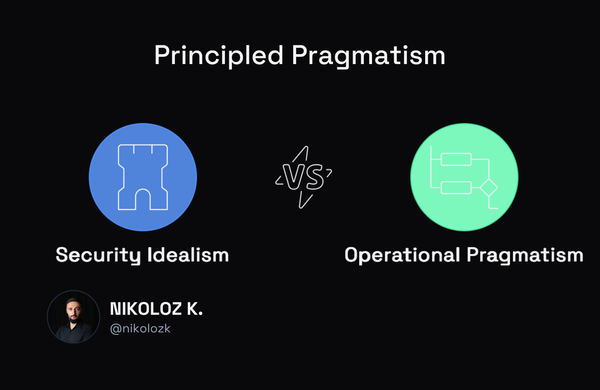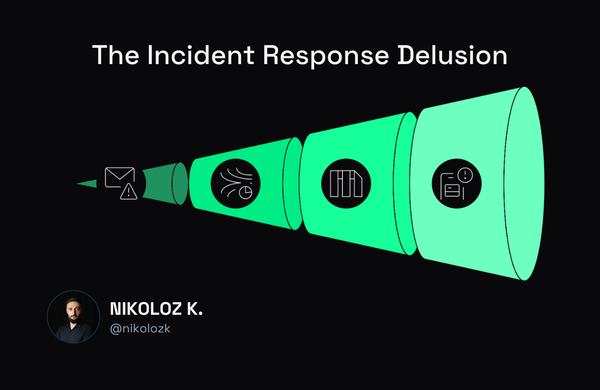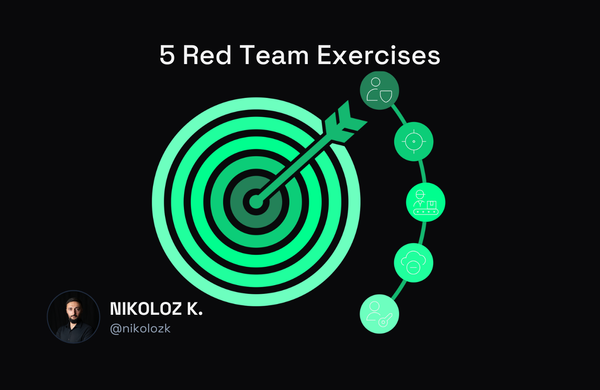Defining Your Organization's Risk Appetite

Nikoloz Kokhreidze
Learn to define your organization's risk appetite. Master risk assessments, periodic reviews, and security controls for a robust risk management strategy.

Organizations of all sizes must address risk management to ensure business continuity and protect their assets. Risk assessment and management include:
- Understanding an organization’s risk appetite.
- Engaging in activities to understand the risk landscape.
- Using the outcomes of those activities to improve security.
What is Risk Appetite?
Risk appetite is a critical component of risk management. It is the amount of risk an organization is willing to take to pursue its objectives. An organization’s risk appetite is typically determined by its risk tolerance, which is the maximum level of risk the organization is willing to accept. Risk appetite and tolerance are not static concepts; they can change over time as the organization evolves.
How to Define an Organization’s Risk Appetite?
Before an organization can develop an effective risk management strategy, it must first define its risk appetite. The process of determining an organization’s risk appetite involves the following:
Defining the organization’s objectives: The first step is to clearly define the organization's objectives. At this stage, the organization decides on its mission, values, goals, and strategies for achieving those goals.
Identifying potential risks: The next step is to identify potential risks that could impede the organization’s ability to achieve its objectives. This involves analyzing the organization’s environment, identifying potential threats, and assessing the impact of those threats.
Assessing risk tolerance: Once the risks have been identified, the organization must determine its risk tolerance. This involves considering the potential costs and benefits of taking a given risk and determining the level of risk the organization is willing to accept.
Developing a risk management strategy: Finally, the organization must develop a strategy for managing its identified risks by determining the appropriate risk response (e.g., avoidance, transfer, or acceptance) and developing a plan to implement the strategy.
What’s Next?
Once an organization has defined its risk appetite, it must engage in a few activities to understand the risk landscape and ensure its risk management strategy is effective.
Conducting risk assessments: Risk assessments provide an in-depth understanding of an organization’s risk landscape. Organizations should consider potential threats, assess their impact and vulnerabilities during a risk assessment, and determine the best management strategies.
Performing periodic reviews: Organisations should review their risk management strategies to ensure they are still effective. The review includes analyzing risk assessment data, assessing risk response effectiveness, and making necessary adjustments.
Developing contingency plans: Contingency plans provide organizations with a way to prepare for and respond to potential risks. These plans should include strategies for mitigating risks, mitigating losses, and recovering from any losses incurred.
Implementing security controls: Security controls are measures organizations can take to reduce the likelihood of a security incident occurring. The controls can be technical (e.g., firewalls and encryption) as well as administrative (e.g., policies and procedures), and physical (e.g., facilities and offices).
Using Outcomes to Boost Security
By analyzing data from risk assessments, periodic reviews, and contingency plans, organizations can identify areas of improvement and develop strategies for mitigating risks. Additionally, organizations can use the outcomes of their security control implementations to ensure that their systems are secure and their data is protected.



